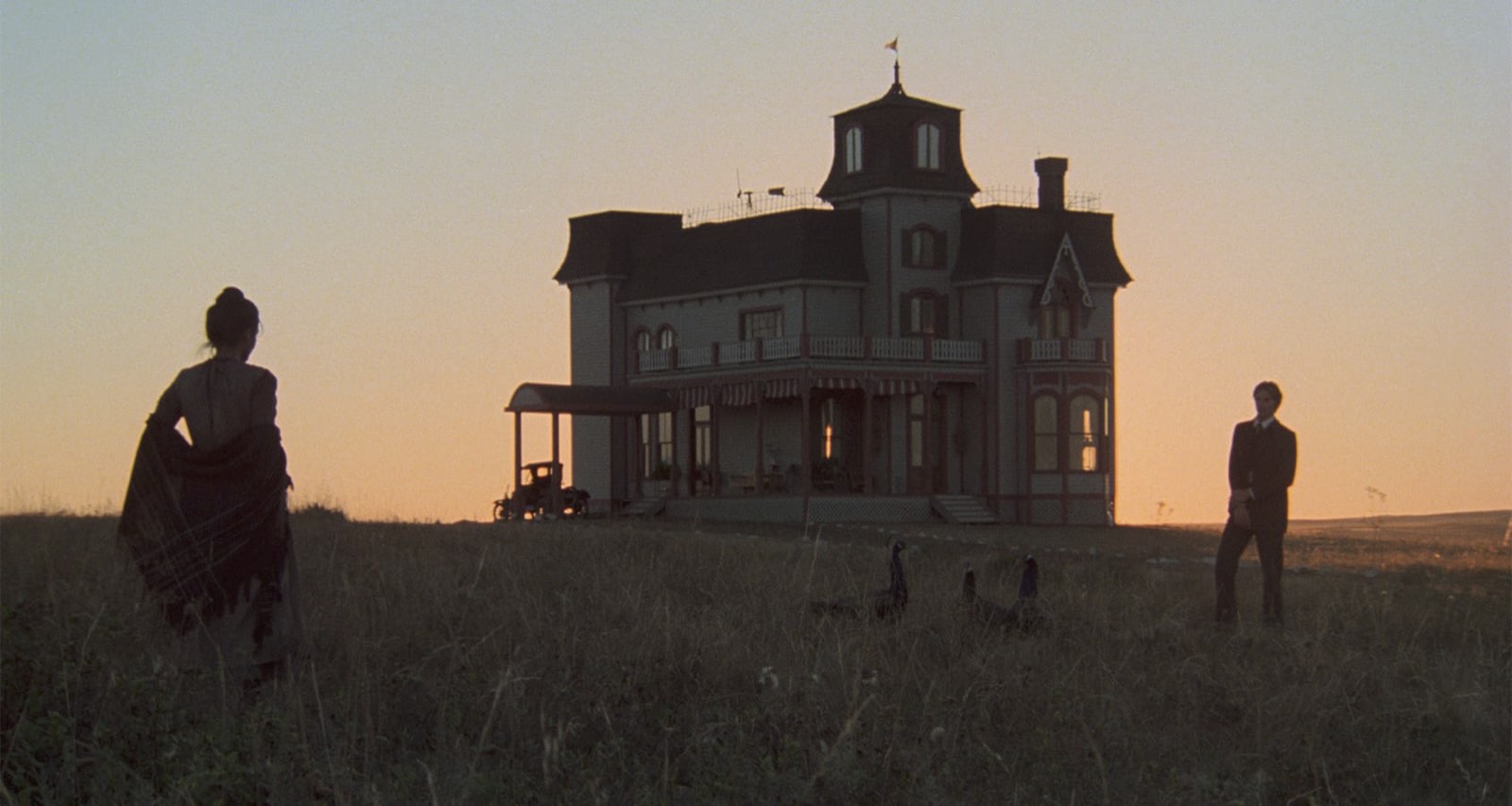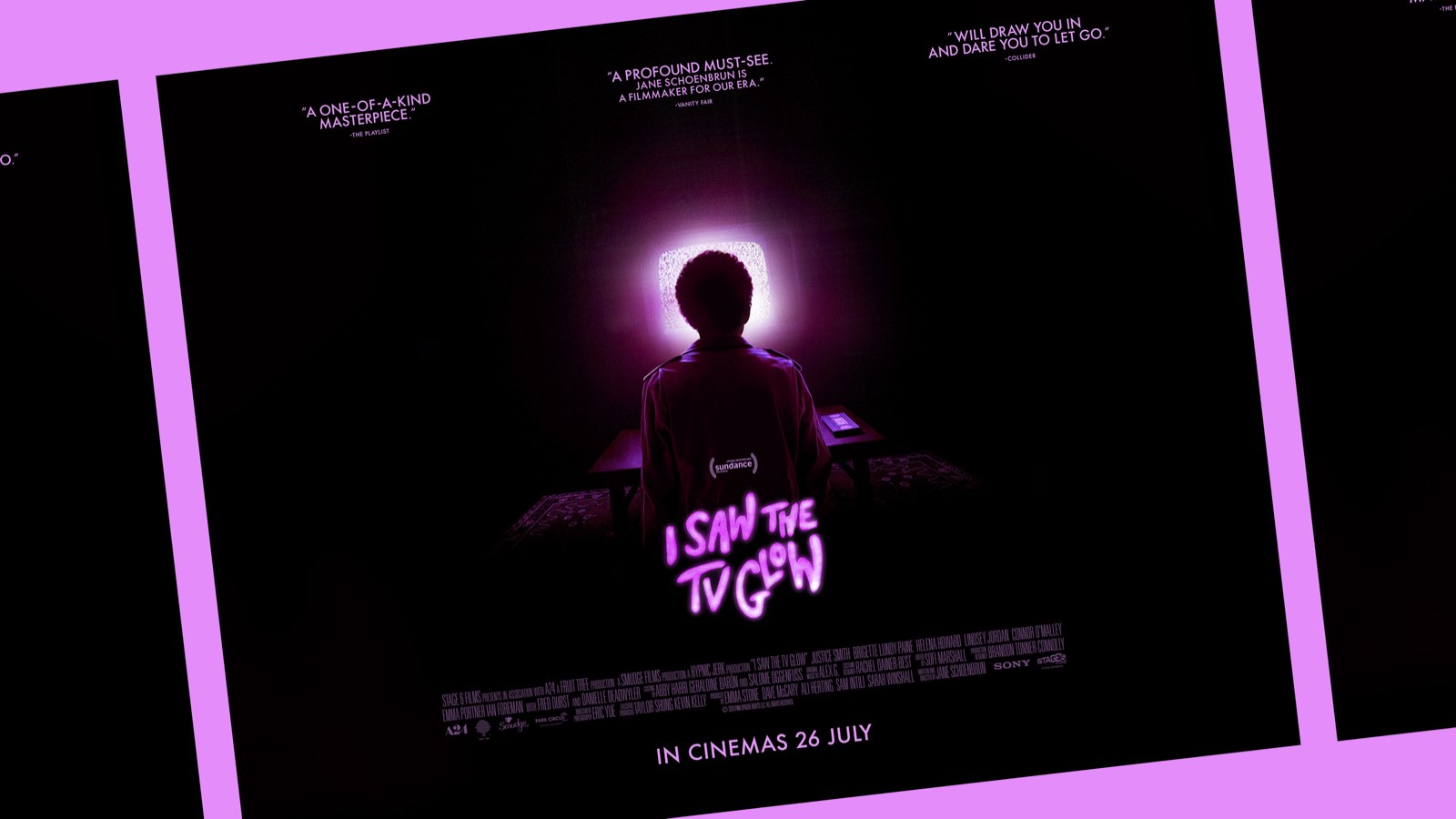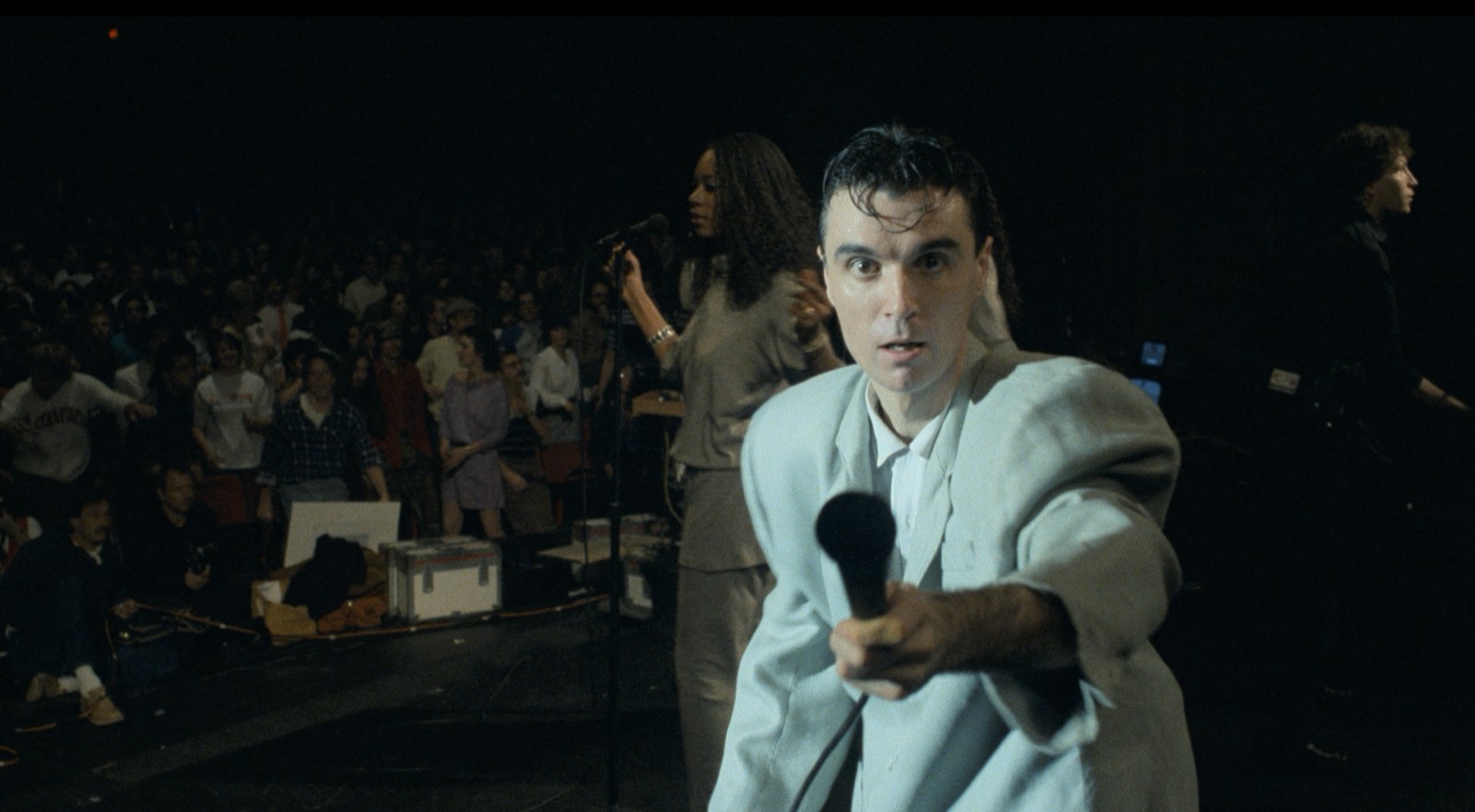

Park Circus is proud to be bringing the breathtaking new 4K restoration of Days of Heaven to cinemas across the UK and Ireland from 2 February. Ahead of the publication of his new book The Magic Hours: The Films and Hidden Life of Terrence Malick later this year, John Bleasdale takes us back to that Texas farmstead in 1917 to explore what makes Days of Heaven worth reliving.
If ever a film demanded to be seen at the cinema in all its glory, that film is Terrence Malick’s Days of Heaven. My first viewing of the film, unfortunately, wasn’t at the cinema. I saw it on a small television as part of a Channel 4 film season in the early '90s. It was still wonderful. But seeing the 4K restoration in a cinema at the Venice Film Festival was like seeing the film for the first time. In a world of franchises and "content", it is heartening and awe-inspiring to be transported back to this rare work of art that pushes the possibilities of film.
When it was originally released in 1978, Days of Heaven gained mainly positive reviews, but with reservations stemming from the idea that maybe the film was, in fact, too beautiful. Pauline Kael dismissed the film, calling it: “an empty Christmas tree: you can hang all your dumb metaphors on it”, as ever reviewing the audience as much as the film. And yet Malick won Best Director at Cannes and the film was nominated for four Oscars, winning a statuette for cinematographer Nestor Almendros, who stated in his acceptance speech: “every image is Terry’s”.
Its reputation has only grown over the subsequent four decades and Days of Heaven is now rightly considered a masterpiece of American cinema. The actors who are now familiar to us - Richard Gere, playwright Sam Shepherd, Brooke Adams, and cult figure Linda Manz - were all appearing in their first major roles. The story is that rare thing: an original work. The year is 1916 and, having accidentally killed a man, Bill (Gere), his sister Linda (Manz), and lover Abby (Adams) flee to the country. Here, Billy and Abby join immigrant farmworkers, on a spread owned by one of the richest landowners in Texas (Shepherd). They pretend to be brother and sister and – on discovering the farmer has a fatal illness – Bill encourages Abby to favour the farmer’s growing attentions. The love triangle plays out like a Greek tragedy, narrated by Linda with a down-to-earth poetry – “Give him a flower, he'd keep it for life” – as the seasons pass and the land and skies hold the luminous beauty of the dying light.
But this masterpiece almost never happened. Following the release of his debut film Badlands in 1974, Malick talked to reporters about making a western “without cowboys”. Other scripts were worked on, including one that would appear decades later as The New World. Days of Heaven, however, had been gestating since Malick, as a schoolboy, had taken to working his summer holidays, following the harvest through Texas and mixing with the farmworkers. Having recruited producer Bert Schneider, Malick’s first setback occurred when he couldn’t secure John Travolta, then a TV star, for the lead role. He considered abandoning the project altogether.
Forging ahead, time and money were in short supply. Jack Fisk – Malick’s friend and lifelong collaborator from Badlands on – built the farmhouse from scratch in a matter of weeks. The difficulties became almost comical. Richard Gere refused to have his hair cut, hence the flowing disco locks in 1916. It snowed in July. The cinematographer – Nestor Almendros – was going blind. Malick hated his own script and was cutting so many lines that the film, when he got into the editing suite, no longer made sense. Stuck in a freezing town with one bar, the crew began calling the film “Nights of Hell”.
But these challenges contributed to what ended up making the film great. In Almendros who had worked previously with François Truffaut and Eric Rohmer, Malick found a perfect collaborator who shared his unconventional views on natural light and shooting during the magic hour – the twenty minutes after sunset – when “warehouses become cathedrals” Malick would say, paraphrasing the painter Whistler. It gave the images an otherworldly beauty that contrasted sharply with the hardship and poverty of the farmworkers, as well as the loneliness of the farmer (Almendros would leave the shoot before it was finished due to a work commitment with Truffaut and was replaced by Haskell Wexler).
The freezing weather showed the hardship the itinerant workers suffered. The lack of dialogue allowed Ennio Morricone’s score to come to the fore along with Malick’s choice of Camille Saint-Saëns’ music. With most of the script gone, Malick needed a voiceover to tell the story and found the heart of the film at the eleventh hour in Linda Manz. He would play the fifteen year-old a reel of film and then have her describe what she saw in her own words: “She was in love with the farmer”.
For all the talk about beauty, it shouldn’t be forgotten that this is a love story and a tragedy. And it’s that rare tragedy in which there is generosity and empathy: the tragedy of a small group of people who are all incompatibly right. The poor do what they can with the opportunities that arise and the rich are walled in by their own fears. There’s injustice and a World War in Europe, and a natural world at once richly beautiful but also apparently indifferent, with the exception of a plague of locusts arriving to sweep the fields with rage.
Of all the viewers who watched back in 1978, the most influential had to be Charles Bluhdorn, the head of Paramount Pictures. Impressed with Malick, he offered him the proverbial blank cheque for his next picture. With two veritable masterpieces under his belt and the resources of a major studio at his back, what happened next was surprising and yet consistent in retrospect with the conjuror of the magic hour: Malick vanished.
The subsequent twenty years of silence saw Malick transformed into a legendary figure. Many wondered at the reasons for his disappearance. Was he teaching at the Sorbonne? Had he lost his mind to drugs? One possible explanation could be that what would come to be known as Malickian cinema – the light, the voiceover, the music, the detailed observation of the natural world – had already reached its apotheosis in Days of Heaven. Anyone who makes something so wonderful fully deserves a twenty year break.
Days of Heaven returns to cinemas from 2 February 2024. The Magic Hours: The Films and Hidden Life of Terrence Malick is published by University Press of Kentucky on 12 March 2024.
John Bleasdale is a film critic and writer published in Variety, Sight & Sound, The Guardian, and more. He has contributed to two previous books, Terrence Malick: Film and Philosophy and The Way of Nature and the Way of Grace. Follow him on X (formerly Twitter): @drjonty
Download the programme notes now!




